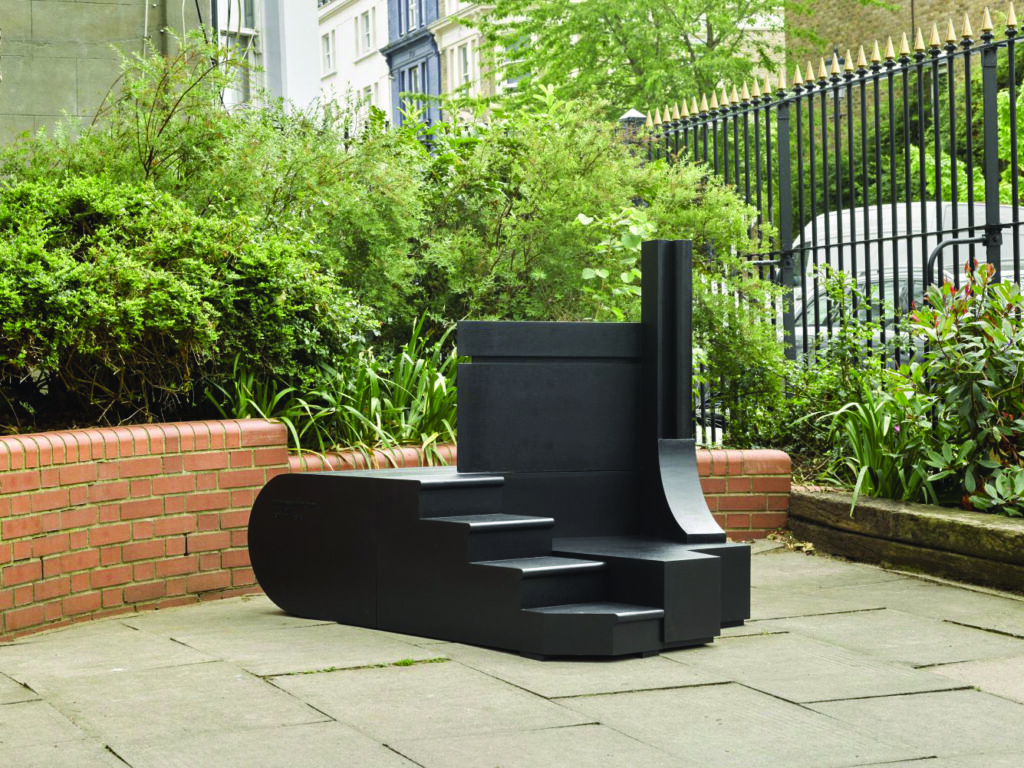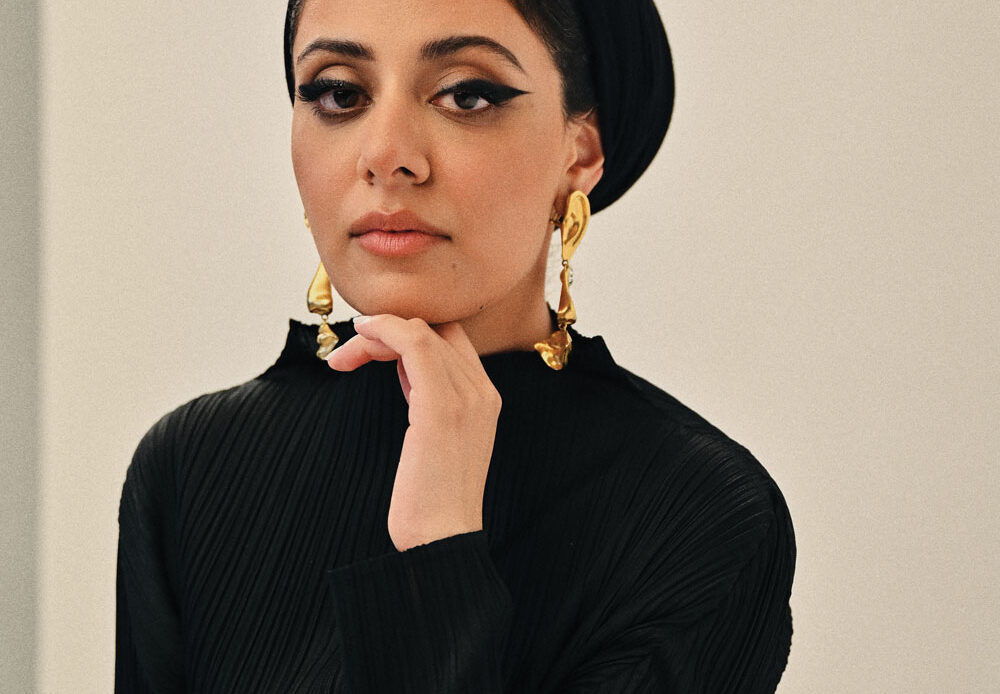During her university years, architect Sumayya Vally challenged the status quo by incorporating different intellectual interests and lived experiences into her practice. Her lecturers considered this approach “not architectural”, but years later, she is an accomplished contributor to the efforts to include non-Western ways of being into architectural practice.
By: Setumo-Thebe Mohlomi
Today, architecture in the traditional sense is the plodding practice of rules cast in mortar and stone. The design languages heard most in architects’ corridors are Western. Primarily, these dominant design languages accommodate Western ways of living, gathering, keeping knowledge, and practicing rituals.
In turn, the structures that people worldwide stay, meet, archive and praise in, are mostly makings of this perspective expressed in solid form.
In a simultaneously soft and steely voice, Summaya Vally articulates design languages that place people at the margins of architecture and their ways of being, at the centre of the conversation. Her practice includes the creation of structures, but her speculative research, pedagogy and installation don’t necessarily aim for expression in the built environment.
“Part of what constitutes the realm of architecture is building,” Summaya says in an interview from her London base. “A building is made from specific ways of being that are then abstracted, immortalised and frozen as space and as architecture. But these forms that we see around us come from somewhere.
“I think architecture is well beyond buildings,” she delves deeper. “I’ve always insisted on being called an architect because I think that in so many ways of being, there is a recognition that the making of a space is so much more than just a building.”

Counterspace Serpentine Fragment Tabernacle
In 2020, Summaya was the youngest architect ever invited to design the Serpentine Pavilion in London, UK. She currently sits on the curatorial team of the inaugural Islamic Art Biennale, she is working alongside Mariam Kamara on the creation of the Presidential Library for the former Liberian leader Ellen Johnson Sirleaf, and she leads Unit 12 at the University of Johannesburg’s Graduate School of Architecture.
The broad spectrum of Summaya’s architectural practice is, arguably, her greatest strength. But in the early years of her career, this vast area of interest annoyed her lecturers at the University of Johannesburg. As a student living in Johannesburg, spurred on by what she describes as instincts, Summaya sought to integrate different spheres of knowledge into architecture rather than exclude.
“I feel very lucky to have been a student in a time when Johannesburg had this incredible moment, when it felt like everything was possible,” she reflects. “I think Johannesburg is still very much in that energy in my heart – that anything is possible.”
At the time of her studies, Sumayya admits to not using the lexicon for expressing herself and her ideas as she does now. Nevertheless, it was a fundamental belief in what architecture ought to be that was the sticking point between her and the architectural establishment.
“I was continuously told that these instincts were not architectural,” she remembers, “and that some of these arenas and interests I had, had no place in the architectural world and canon. I almost didn’t attend my graduating exhibition because the complexity of my work was a little bit contentious.”
She attended the exhibition and the city showed itself, once again, to hold often serendipitous potential. While at the graduate show, Sumayya met architect, academic and novelist Lesley Loko, with whom she would later establish and run the University of Johannesburg’s Graduate School of Architecture (GSA).
Sumayya founded the Counterspace Studio in 2015 when she was a student. It quickly developed into a place – not always a physical one – where the established norms and practices of architecture are contested. A place of resistance.
As prolific as Counterspace has been in its seven years of existence, Sumayya has a deeper, more intimate relationship with the studio as both a repository and well for her passions and instincts. “It wasn’t necessarily when the practice was formed that I decided it would become what it is now, or that it had ambitions of being positioned as activist practice.
“I wanted to ensure that when I did go into professional practice, I would still have a space to remember the city. I solely wanted to have a place where I could pour love for Johannesburg and the city into.”
Counterspace’s first showcase on an international platform was at the Chicago Architecture Biennial in the same year of its establishment. ‘Lost and Found’ is an exposition including 95 petri dishes containing eggshells from a prayer ritual, fossilised glass bottle caps, and acid mine crystal formations, all set in resin. Alongside these objects, vinyl text of news headlines invited the viewer “to construct their own narratives of image and text – snapshots of a new urbanism developing in Johannesburg’s buffer zones”.
Sumayya explores Johannesburg’s perpetual state of untapped potential from different points in the city’s lifespan. She writes in her master’s thesis centred around an abandoned stretch of mining land:
“The mining that gave rise to Johannesburg as a city has left in its wake pieces of geologically disturbed, disused, and unusable land. These leftover fragments of landscape carry with them not only memory of the city’s foundations, but scars of the mining processes that now render them unusable. The age of the picturesque landscape is no more. Our effects on the land have depleted the earth and diseased its rhythms. But these unstable consequences hold possibilities that can be engaged with imaginatively rather than merely remediated. How can architecture engage with this instability?”

For what she self-effacingly calls a “young” practice, Sumayya’s work has stretched far beyond Johannesburg and South Africa’s unique, latent and pressing architectural needs.
On working in the global South, she says, “Of course we have the challenge of the slowness of practice and the lack of resources. We struggle with an internalised oppression where the mind is still colonised by what the west says is right. We are reliant on the validation of western structures.”
“But”, she adds, “in so many instances, the global South feels like everything is extremely possible. The presence of some of these incredible, agile, creative systems in the lives of people – rituals, different kinds of economies, different practices and belief systems, and how they live in the city are interesting. In the cities we have, these systems haven’t been translated to architectural form for the most part.
“We should never have to think about how we’re packaging ourselves or what we need to be doing in order to reach certain things. If we are truly able to hone in and work with our instincts, the right people and the right opportunities who find true resonance those things will find us. That’s been true for me my whole life.”


